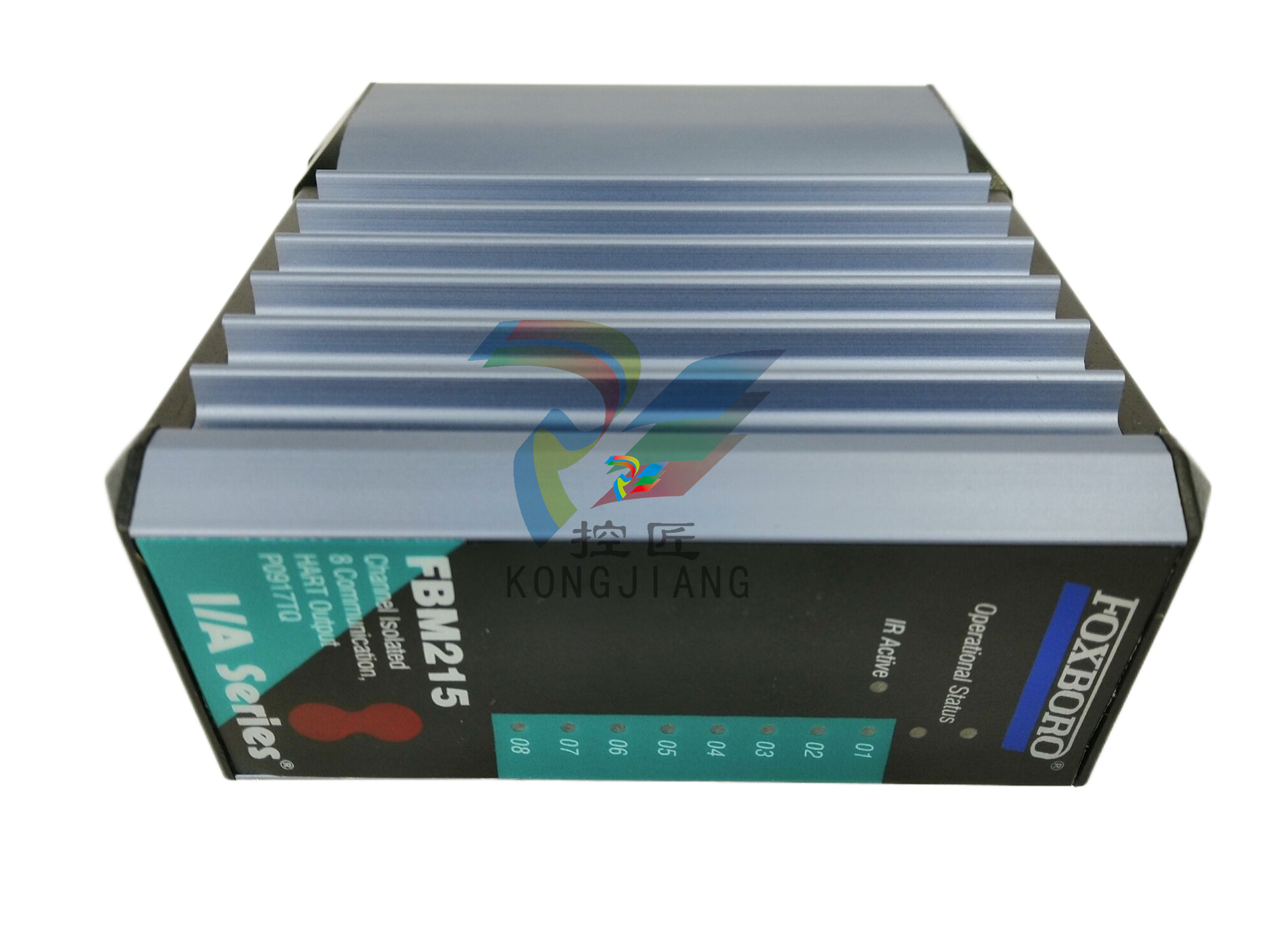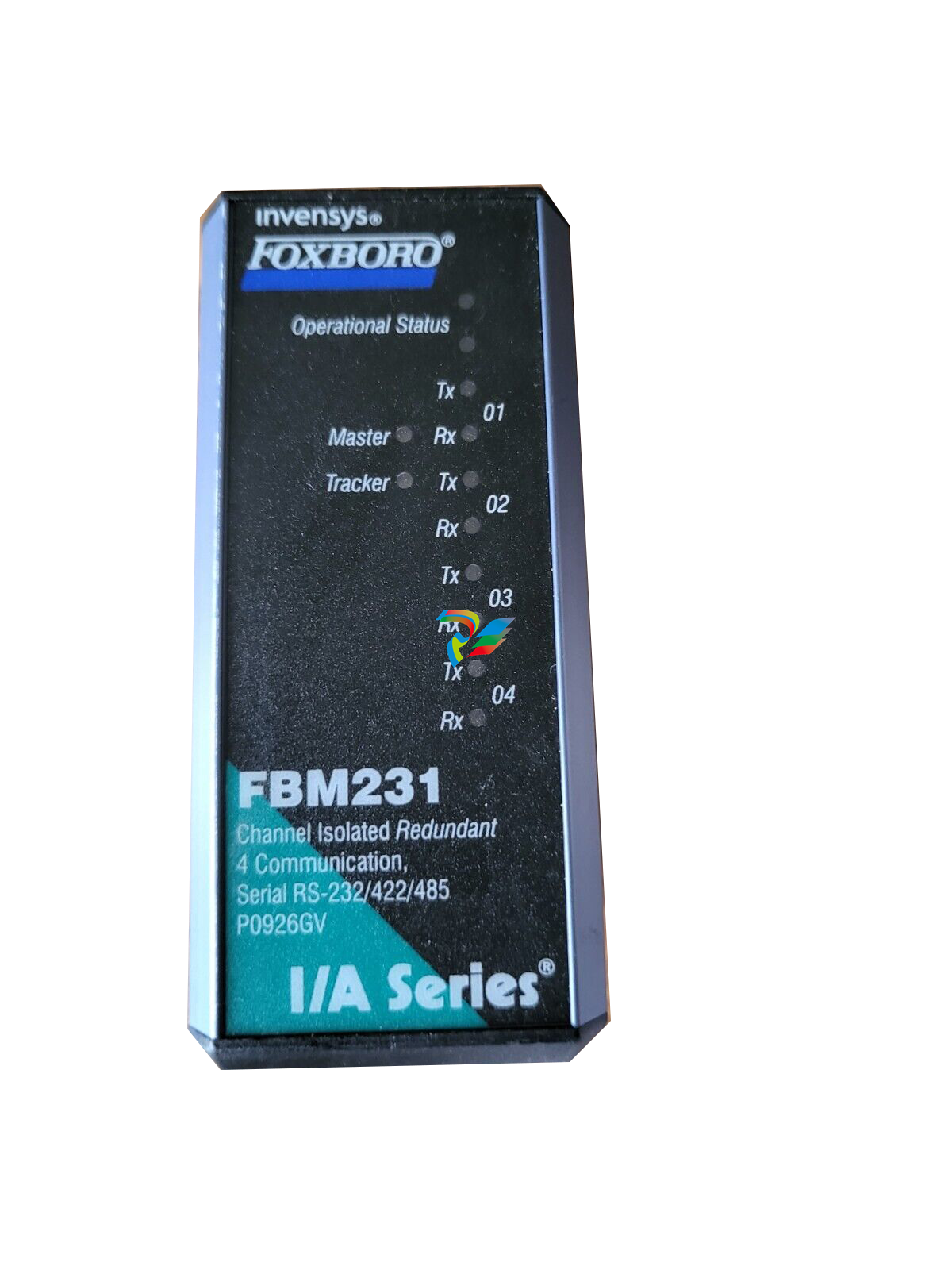
Micro VFDs Gain Macro Features

We have witnessed the trickle-down effect of technology. From expensive luxury brand cars to the newest mobile phone each year, the top model almost always has exclusive features. However, frugal and patient consumers—as opposed to early adopters—will eventually see these same technologies become available on lower-cost products.
This fairly universal model spans many industries, among them industrial automation. AC variable frequency drive (VFD) users continue to benefit from new features formerly available only on flagship products.
VFD progress
Electric motor speed often needs to be controlled for applications involving machinery, pumps, and other equipment. At one time, the only way to vary the speed of an electric motor—while maintaining full torque below base speed—was to use a DC motor and a DC drive. This was because the first AC VFDs only operated in V/Hz mode and lost torque proportionally with any decrease below their base speed. However, once the flux-vector AC VFD became available, 100% of the motor’s torque could be produced across the entire speed range from zero to base speed.
Early flux-vector AC VFDs experienced several problems. Limited horsepower ranges were available; the units were large and kept in a room away from other equipment; and long cable lengths caused electrical issues. These were also expensive, custom-engineered drive systems.
Eventually, the trickle-down effect began to occur, and flux-vector VFDs were sold as packaged products that could work for many applications. Lower-cost VFDs remained available for basic applications needing only simple V/Hz control.
By the early 2000s, fewer custom-engineered systems drives were sold, and most were prepackaged but had impressive features in addition to supporting flux-vector control. Other popular features included advanced networking capabilities, safety features such as safe torque off, proportional-integral-derivative (PID) control, and even a built-in programmable logic controller (PLC) with expansive I/O options to allow for process or machine control in addition to motor control.
The least with the most
Just a few years ago, the lowest-cost VFDs on the market still only supported V/Hz control and were basic, with lower quality to remain affordable for original equipment manufacturers (OEMs) and hobbyists. Again, the trickle-down effect has taken place, and many higher-end features and improved build quality are found on lower-cost VFDs.
Today’s entry-level VFDs, within the price range of OEMs and hobbyists, make project design and implementation much easier with features like:
single-phase input to three-phase output
sensorless vector control for increased torque at lower speeds
advanced support for networks such as EtherNet/IP and Modbus TCP
PID control for process closed-loop control
an integrated PLC to perform logic, which in some applications eliminates the need for a separate PLC.
These newly available features can benefit users in many ways.
Singe phase to three phase. A VFD with a single-phase input and a three-phase output is a “no-brainer” when comparing features for an OEM or hobbyist. Most hobbyists do not have three-phase power available in their shops or garages, but they may need to control a three-phase motor. For an OEM, this feature gives the option to design for a single-phase power connection and is likely to appeal to more customers, and not just those with three-phase power available.
Although a VFD is not a phase converter, it can convert 120 VAC or 230 VAC single-phase to a three-phase output for motor control. The benefits of choosing a three-phase motor over a single-phase motor are too lengthy to list, but improved speed control is usually enough to convince users that a three-phase motor is the best choice.
Torque. Sensorless vector control allows users to reduce motor speed to very low speeds without losing torque. On a typical lower-cost VFD with only V/Hz control (also known as scalar control), the motor loses output torque proportionally to the reduction in speed. For example, a 0.5 hp motor with a base speed of 1,725 rpm and a full load torque rating of 1.5 lb-ft at 100% speed will only provide 1.0 lb-ft at 66% speed. With sensorless vector control technology, it is possible to produce 100% of the motor’s torque output at very low speeds.
Before sensorless vector technology was available, designers could use a lower rpm motor of the same horsepower to achieve the lower fixed speed, or they could use a DC motor and drive. The former is not adjustable and often involves a larger frame size, which may require higher-cost mechanical changes. The latter is robust but calls for higher maintenance, such as changing brushes, and many smaller DC drives are analog and lower tech. They do not typically offer communications or fancier control options, at least at the same price point.
Networking. Advanced networking is a bonus for many reasons. Many VFDs—even going back to the very first ones available—supported some sort of serial communications but may have required specialized cables. Today, many VFDs commonly support Ethernet communications, so configuring the VFD is more convenient, and if more than one VFD is installed and controlled by a separate PLC, they are easily networked together. The ability for human-machine interface and supervisory control and data acquisition systems to monitor and control many VFDs connected on a manufacturing plant network is attractive to end users and OEMs alike, providing advanced operation and supporting proactive maintenance to avoid breakdowns.
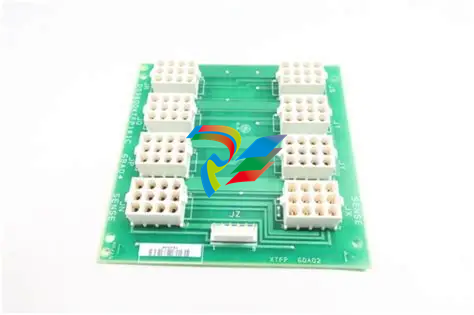













































.jpg)
.jpg)
.jpg)





.jpg)



.png)
.jpg)

.jpg)
_lVjBYb.jpg)

.jpg)
.jpg)



.jpg)
.jpg)







.jpg)

.jpg)
.jpg)











.jpg)




.jpg)
.jpg)
.jpg)
.jpg)
.jpg)
.jpg)
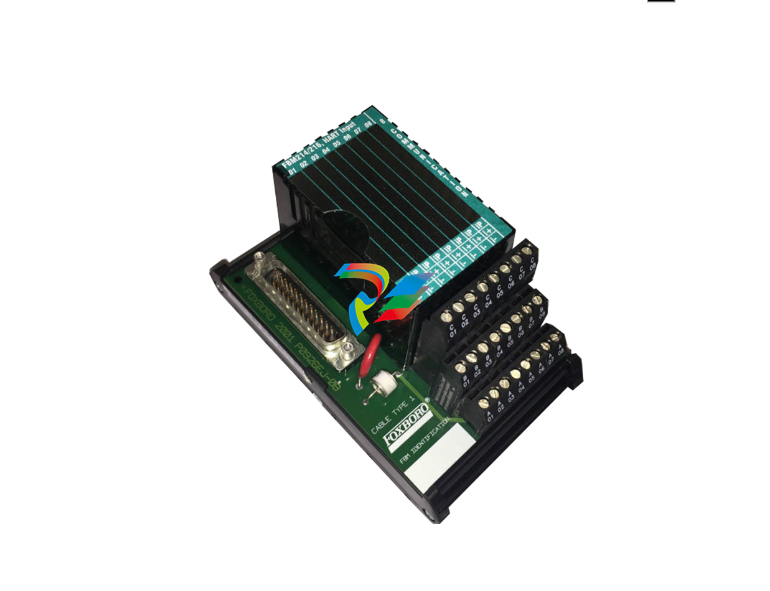
.jpg)
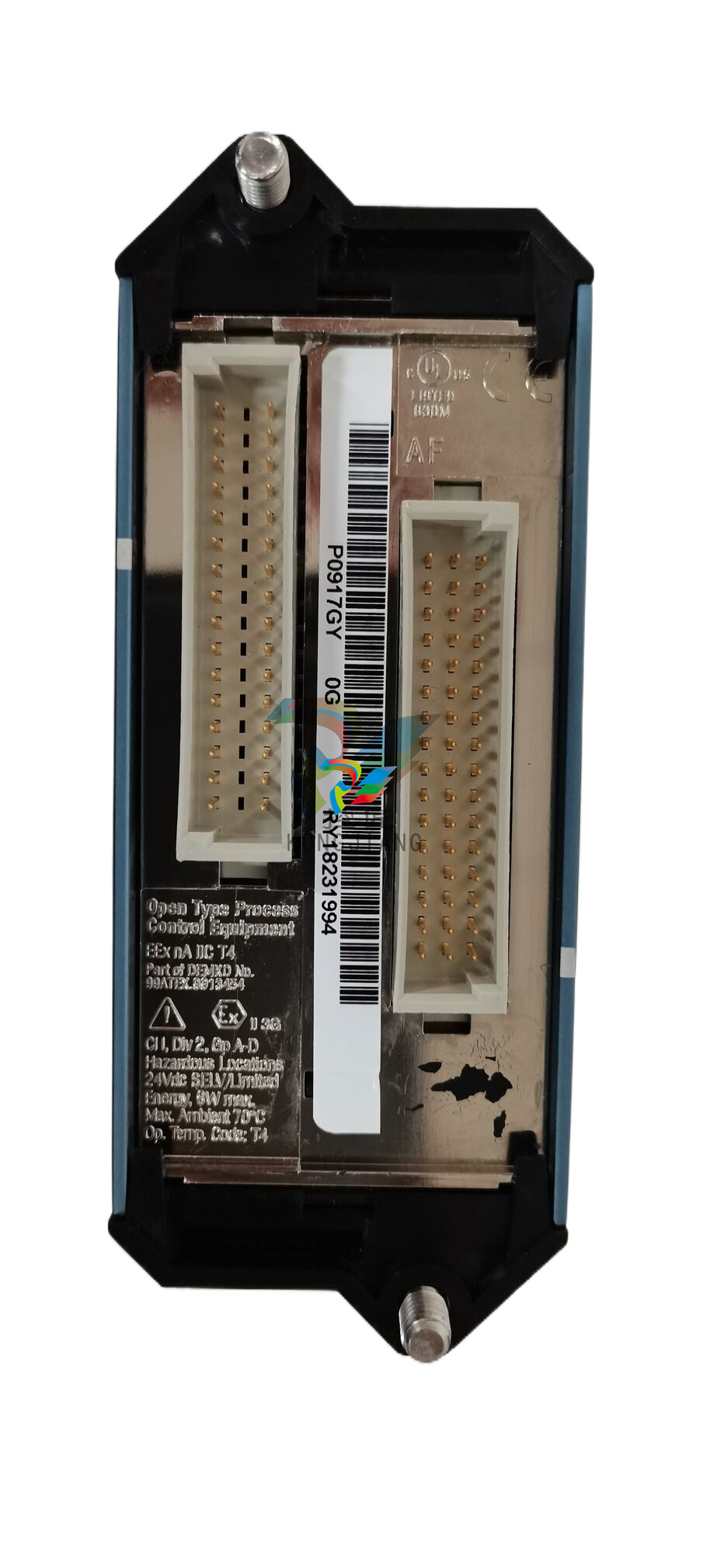
.jpg)
.jpg)
.jpg)
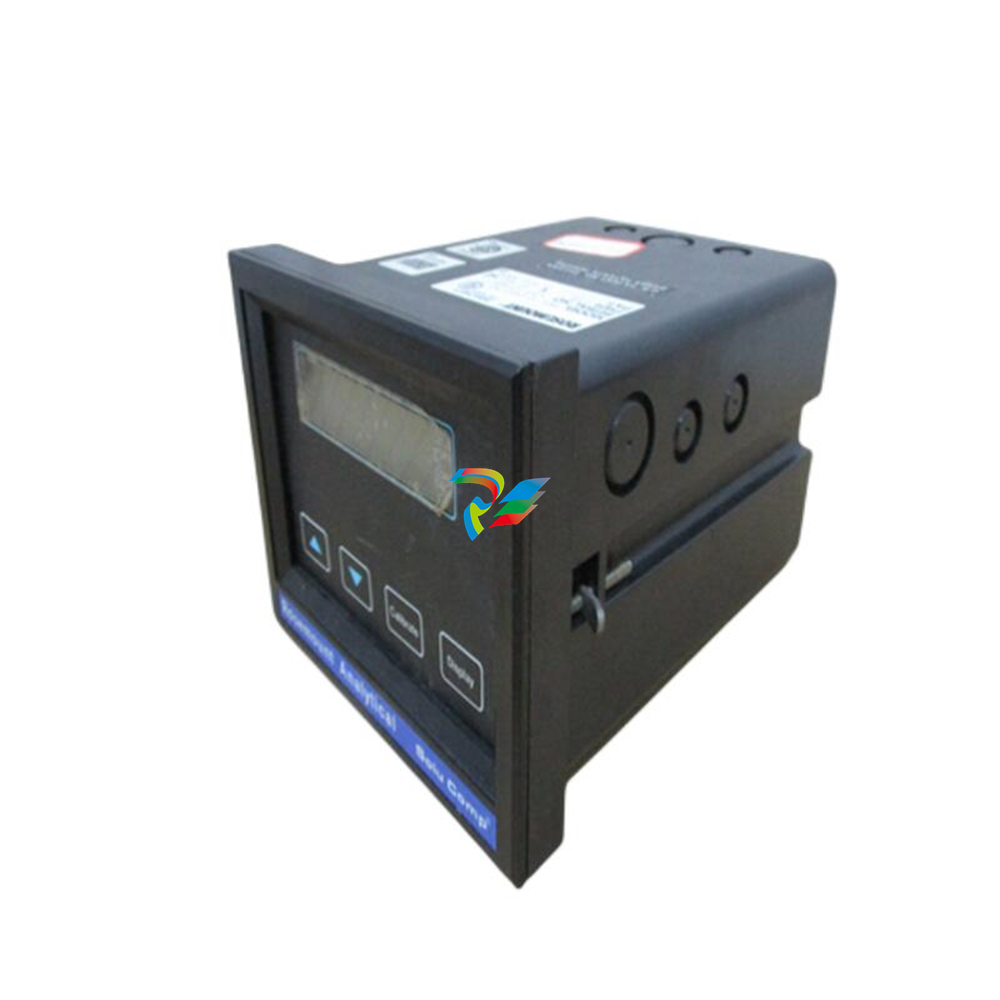
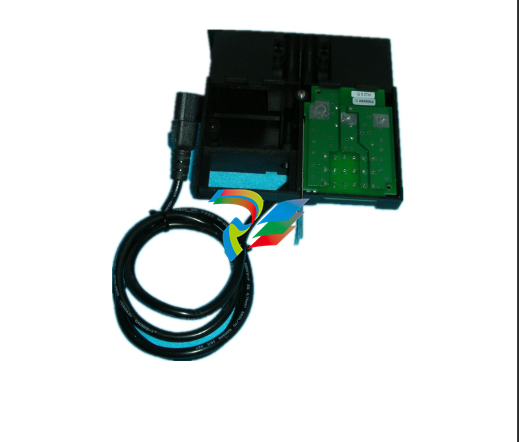
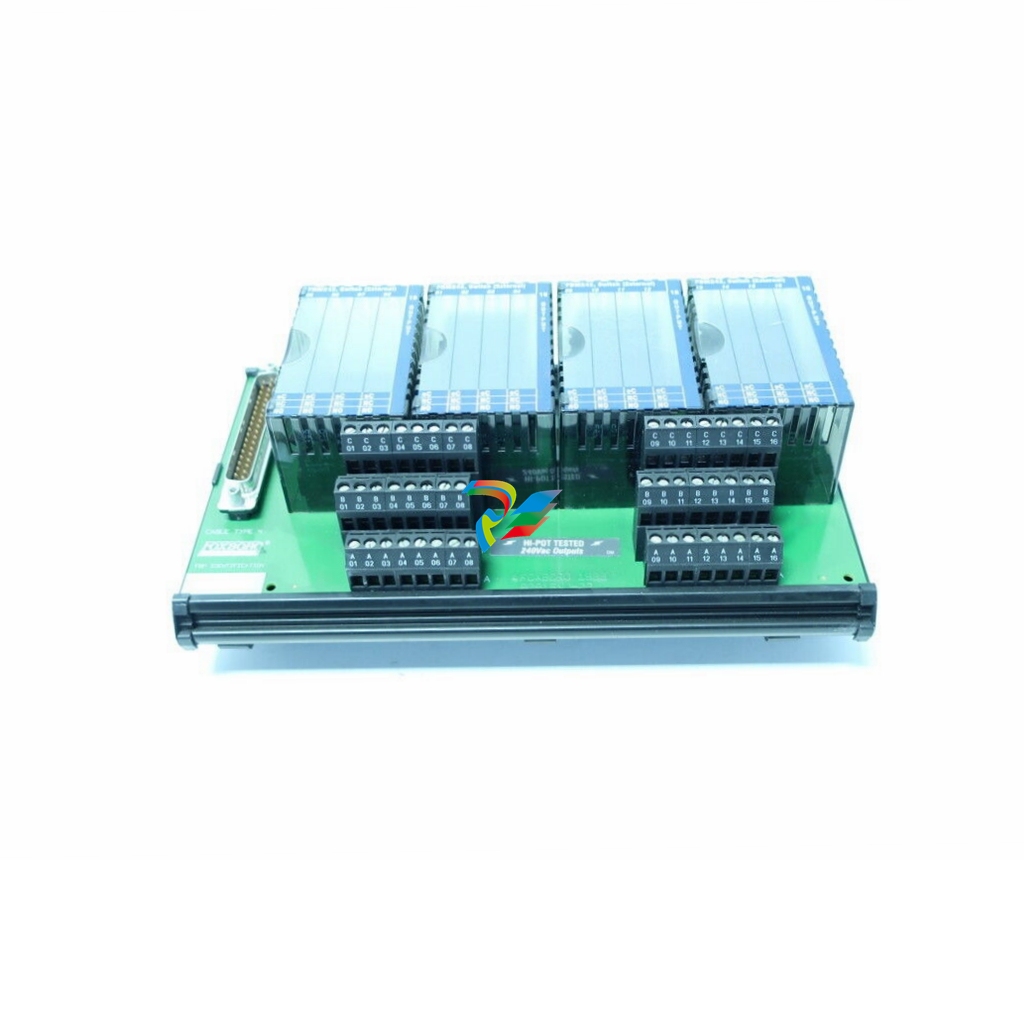
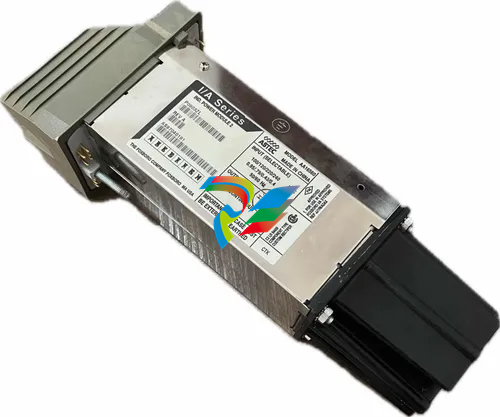
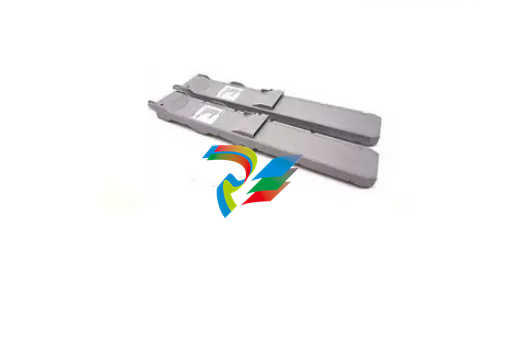
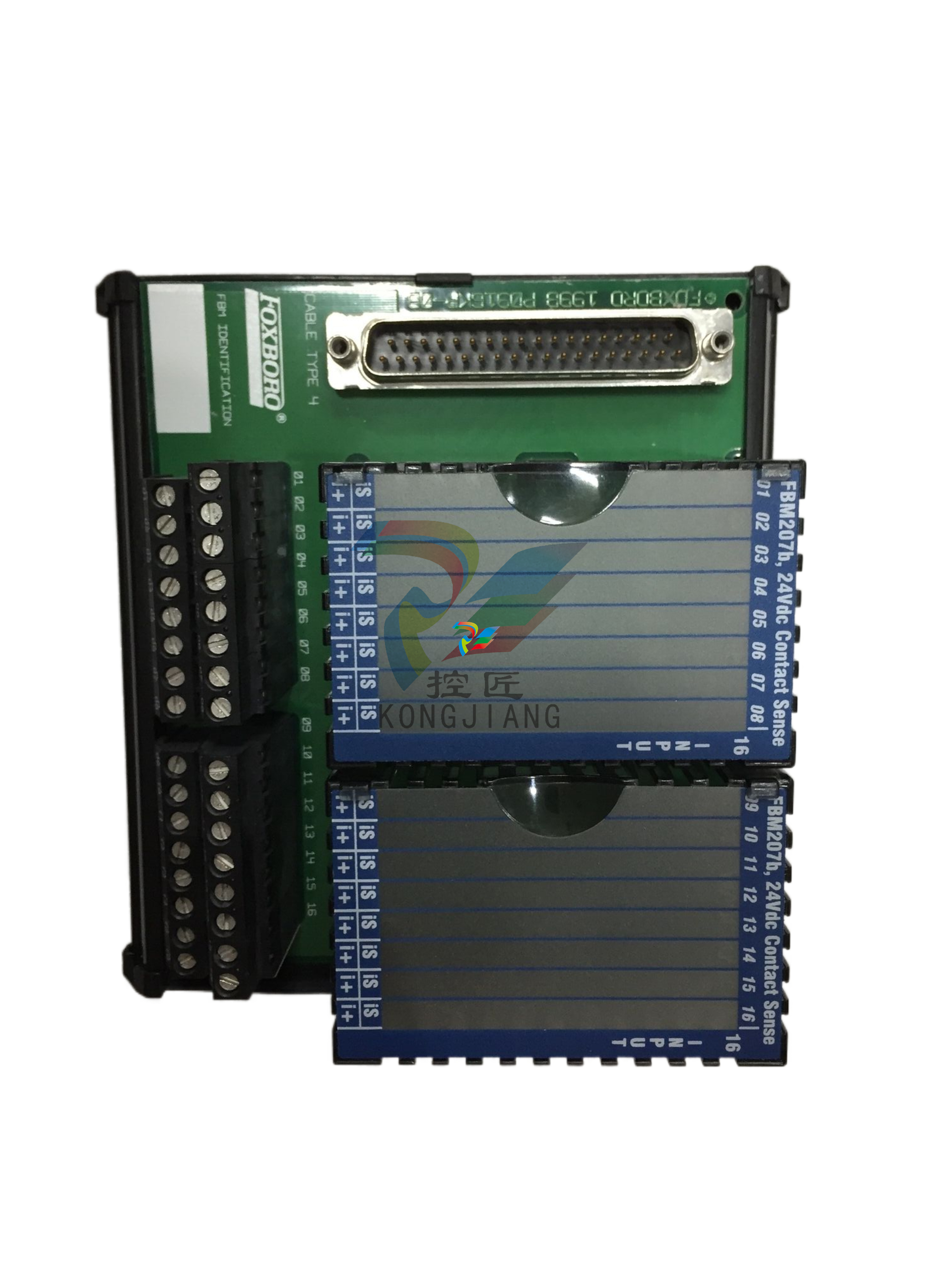
.jpg)
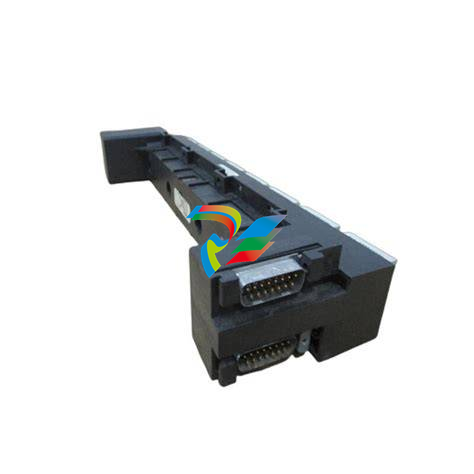
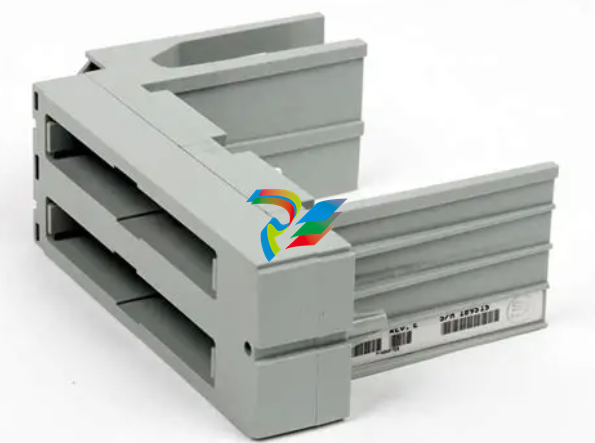
.jpg)
